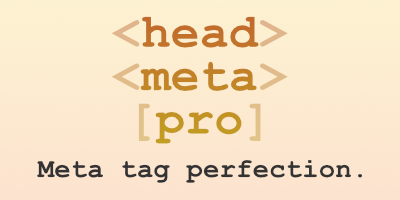BBQ Pro Archive
Just a note for some sites that may not completely support SSL/HTTPS. Here are some possible solutions if you get an error such as the following when trying to auto-update (or one-click update) USP Pro, SES Pro, BBQ Pro, or any other plugins from Plugin Planet.
BBQ Pro version 1.3 now available! The new version continues the plugin’s focus on security and performance. BBQ Pro version 1.3 includes some cool new features and some great under-the-hood improvements. Read on to learn more..
As of BBQ Pro version 1.3, it is possible to log the details of blocked requests by hooking into the scan() function. This tutorial explains how to get started and provides a free logging plugin to help you go further with logging requests and sending email alerts.
This post explains the different types of malicious requests/queries that can be scanned and blocked by BBQ Pro.
To test any defined pattern, click on its “Test” button. Doing so will make an URI request that includes the defined pattern (opens in new tab or window). This increases the pattern count and enables you to see exactly what happens when the pattern is included in a request.
BBQ Pro records the number of times each pattern is used to block a request. This can be useful for troubleshooting, monitoring traffic, and fine-tuning your firewall. To change the count value for any pattern, edit the count field and click “Save Changes”.
When visiting the BBQ Firewall screen, you can check the checkbox for any pattern to enable it. Conversely, uncheck the checkbox for any pattern to disable it. Remember to click “Save Changes”.
To help manage your patterns, you can toggle each panel by clicking on its title. For example, to toggle the “Query String” panel, click on the title, “Query String”. Likewise for each of the other panels.
BBQ Pro’s Basic Patterns are the same patterns that are used in the free version of the plugin. They are well-tested and recommended for all WordPress-powered sites. There are three types of Basic Patterns:




